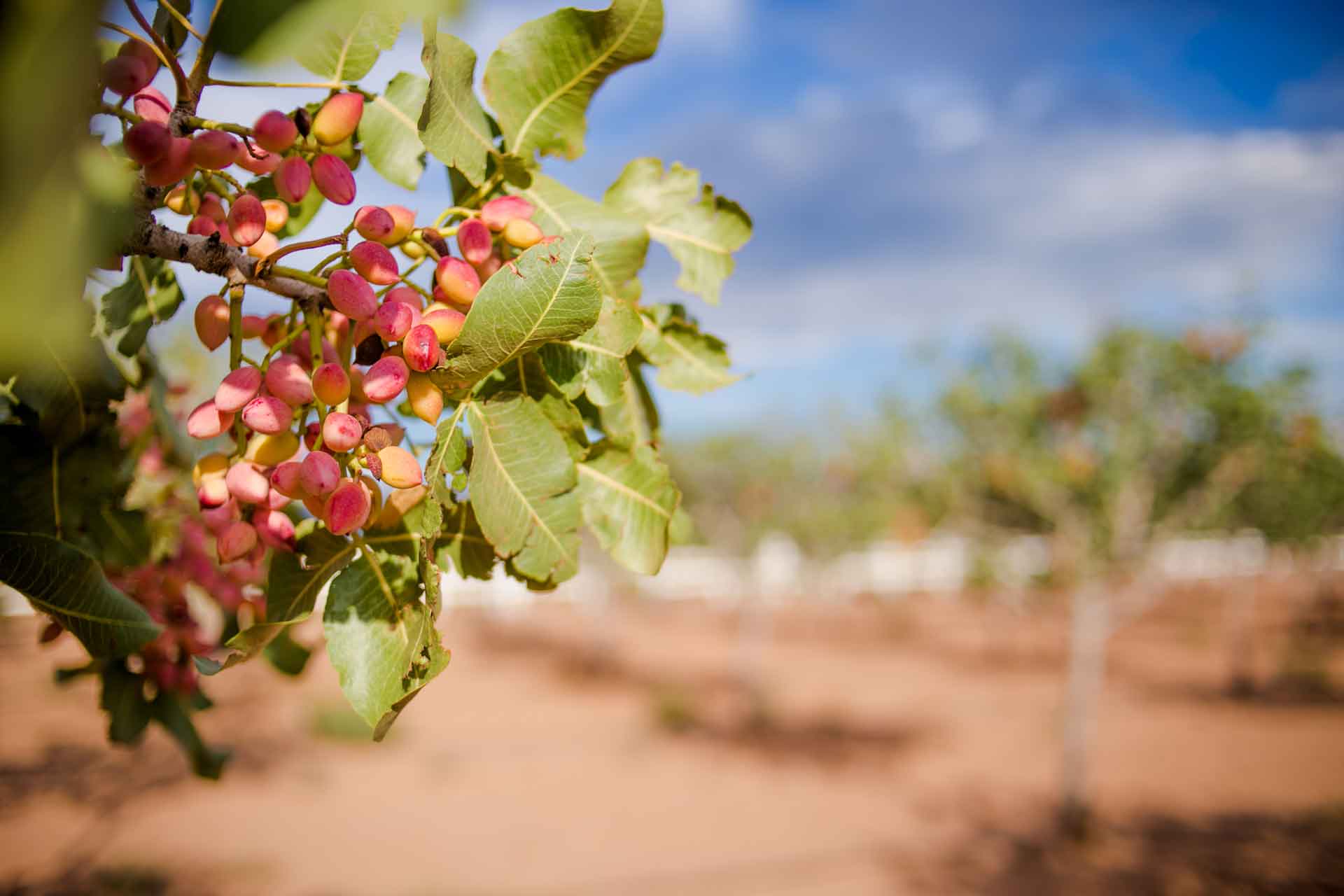Winter Juvenile Tree Dieback (WJTD) refers to an abiotic condition that causes death of branches and, in severe cases, loss of scion or rootstocks in pistachio trees. Even though this condition usually affects only small percentage of young pistachio orchards each year, losses can be high at specific sites. Contributing factors to WJTD include winter air and tree temperatures, age of tree, tree vigor and soil chemical and physical characteristics such as high sodium, EC, silt and the presence of hard pan, perched water tables and high rates of manure applications.
UCCE Kern County Farm Advisor Craig Kallsen has been leading a research team in Kern County to study this condition. Kallsen said severe damage is thought to occur after the trees enter dormancy but before they are fully dormant. He noted that, following the winter of 2011, WJTD was found in a number of pistachio orchards in Kern and Fresno counties with tree loss near 20 percent in a few blocks. Affected trees in Kern County ranged from first leaf through fifth leaf and some damage was found in seventh- to eighth-leaf trees.
Temperatures in the 27 to 31 degree F range during October and November can cause dieback. Kallsen said dieback is more likely when those low temperatures occur for two to three consecutive days and when daytime temperatures reach into the 60s. Later in the fall, temperatures have to descend into the low 20s to cause WJTD. After about the third week in December, trees appear to be dormant enough that low temperatures normally encountered in the San Joaquin Valley are not a problem.
Mildly affected trees in October and early November will retain the leaves, signaling to pruning and training crews that the trees may have WJTD. More severely damaged trees may show gumming, with white beads or small ribbons of dried sap visible on the trunk. Black mold may grow on damaged bark where the trunk appears wet, mainly between the lower parts of the scaffold branches and the graft union.
In the spring, trees with mild symptoms may leaf out earlier, while those with more severe infection will leaf out later than unaffected trees. Branch dieback is often not apparent until the trees begin leafing out in the spring. The dieback begins at the branch tips and affected areas of the scion and rootstock. Kallsen said trees recover from mild damage by the end of summer.
Although Kallsen noted WJTD was found in some of the earliest plantings of pistachios in Kern County, it has occurred more frequently in the past decade as more trees are in high salt areas including old lake beds. Kallsen also said that air temperatures in the San Joaquin Valley can change abruptly from warm to cold, and the colder air ponds in low-lying areas where more pistachio trees are now planted. The air is also drier, and nighttime temperatures can fall quickly below freezing and for longer durations.
To reduce risk of WJTD in an orchard use UCB-1 seedling rootstocks in high-risk areas, plant into soils that are low salt and well drained. It can also be prevented by cutting irrigation water in August in deep soils, defoliating trees at the end of October and not applying nitrogen after July 1. Training second leaf trees should be done prior to mid-August to reduce potential for new, more susceptible growth.












